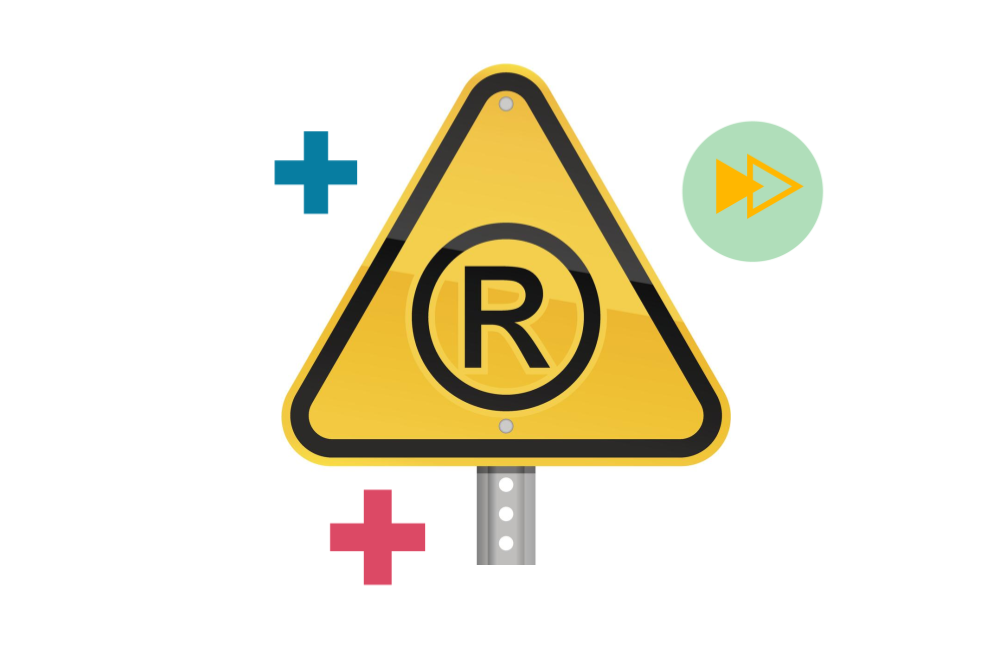
Author Matt Sammon
Intellectual property is a valuable business asset that can give you a competitive edge and add value to your business. However, whilst many businesses recognise this, for many it is a case of where do I start and what intellectual property advice do I really need. This article examines how brand owners can get started with effective IP protection including tips to identify your IP and processes to protect copyright, trade marks and designs.
Why protect your Intellectual Property?
Identifying and protecting your IP need not be an expensive or time-consuming process, but it is very important, nonetheless. A failure to identify and take the necessary steps at the outset can lead to an increased cost in securing protection and may result in competitors taking advantage of your hard work. Protecting your Intellectual Property ensures that you can make the most of the intangible assets you create in the course of your business. When you create materials to support your business or develop and launch new products and services you are often creating Intellectual Property which is adding value to your business. Protecting such Intellectual Property ensures that third parties cannot copy and benefit from your hard work and creativity and helps to maintain a competitive edge over your competitors.
What are the key types of IP?
The main types of Intellectual Property are Copyright , Trade Marks and Designs. Each requires it own IP protection strategy to keep it safe, below our IP specialists explain each and share IP protection advice for brand and business owners alike.
How to identify and protect Copyright
Copyright protects the expression of your ideas. It does not protect the idea itself but does protect the physical manifestation of that idea. Copyright can protect artistic works, literary works, sound recordings, films, photographs and typographical arrangements.
Typically, copyright will subsist in your website content, marketing materials, advertisements, contracts, artwork, packaging design, logos, computer code, databases and instruction manuals. Copyright protection is free! It arises automatically upon creation of the work, which is great, but you do need to ensure that you are the owner of that copyright and that you can prove it.
Copyright is owned by the creator of that work, unless created by an employee in the course of their employment. Therefore, if you contract out the creation of copyright works, such as website design, marketing materials, design of products etc, you will not own the copyright works unless there is an agreement in place, typically called an assignment, to transfer ownership to you and your business.
In terms of intellectual property advice for copyright works, we recommend that all businesses have at least a simple 3 step process in place to identify and adequately protect it:
Step 1 – Is there something worth protecting?
If you or your staff are spending time and effort creating copyright protected materials, then it is worth protection. Copyright is a means of capturing the cost and value of your creative efforts in the creation of an intangible right that put simply, is worth a great deal
We recommend putting a reporting process in place so that the creation of such works is catalogued and reported to the person within the organisation that is responsible for Intellectual Property protection.
Step 2 – Do we own it?
This is a very important step and one that is often overlooked and can lead to trouble further down the line. Once you have identified a creation worth protecting you need to ask yourself or your IP advisors this question. There is often the assumption that if you’ve paid for work when engaging third parties to create a copyright protected work, you own it. This is not the case so whenever you identify protectable rights you need to document, who created the work, when they created the work and how you derive ownership.
Tip! If the work is created by a third party, ensure that they assign the copyright to you and your business.
Step 3 – Can we prove ownership?
Given that copyright is a form of protection that arises automatically and costs you nothing there is a heavy onus on you to prove that the right exists and that you own it, if you want to rely on those rights to protect the business. This means good record keeping.
A central record of what work was created, when that work was created and who created the work is essential. In addition, you should record information on the status of the creator, i.e. were they an employee or a contractor. If it is the latter, you should also secure assignment of the copyright and store this document within the database. Your IP advisors can provide you with a suitable assignment document.
How to identify and protect Trade Marks
Unlike copyright, in order to protect your trade marks you need to take action to secure registration. When developing your brand we recommend asking yourself and your team the following three questions:
- Can we use the trade mark?
You don’t want to run the risk of infringing the trade mark rights of a third party as this can lead to trade mark infringement which can be costly and damaging to the business.
At an early stage, before you have adopted the trade mark and before you have committed significant expense to its development you need to conduct a trade mark search to ascertain whether it is free for use. There are online resources that you can search yourself at the UK Intellectual Property Office and the EU Intellectual Property Office. However, we do recommend that you seek professional advice at this point and request a comprehensive search from your IP advisors.
Once the mark has been cleared for use then you can start to think about trade mark protection and developing the brand further.
- What can we protect?
A brand can be much more than just a name or logo and you can protect much more than just a name or logo. Take some time to consider where the value is in your branding and what gives you that competitive edge before discussing IP protection advice in detail with your IP advisors.
You can then develop a plan of what to protect.
- Where should I protect?
Trade Mark rights are territorial so you should ensure that your plan for trade mark protection mirrors your business strategy. Identify the key markets for the business and obtain cost estimates for protecting in those countries.
A failure to do this can result in you having to adopt alternative branding for different countries, which can be difficult and expensive and often means that you are unable to take advantage of your growing reputation.
It can take some time to secure trade mark protection, typically 4 months in the UK, but as long as 5 years in other countries so it is worth taking the time to map out a trade mark protection strategy with your advisors and budget accordingly.
How to identify and protect Designs
Design protection is available for the look and feel of a product and the road to protection has similarities to both copyright and trade mark protection, there are unregistered design right and registered design right.
Unregistered design rights
Unregistered design right is a valuable right that arises automatically upon creation and shares many traits with copyright, so the same process should be put in place for new designs as identified above for copyright. Unregistered design right protection lasts for 15 years from when a design was created, or 10 years from when a design is first marketed, whichever is the shorter. This is a valuable right that costs nothing but does require good record keeping, so ensure you make it part of your IP identification and recording processes.
You also have the option of securing registered design protection. By registering a design you can secure a longer term of protection, up to 25 years in most countries. It also means you can secure protection in each country in which you choose to register, whereas unregistered design protection is UK specific. Registered designs also give you the protection of a strict monopoly right, unlike unregistered design right and copyright which will only protect you against others copying your work.
Registered design rights
There is a cost to securing registered design protection, so it is advisable to evaluate any designs created to ascertain whether you wish to simply record and rely on unregistered design protection, or incur the additional cost of securing registered design protection. The more commercially important the design the more it is worth investing in registered design protection.
This assessment should be part of your IP identification process and those worthy of the additional protection should be discussed with your IP advisors.
Professional IP Protection Advice
Having your own effective internal processes can make sure that you are making the most of your IP protection and can make your relationship with your IP advisors more efficient and cost effective. We always suggest working with your IP advisors to identify what processes you should put in place and operate yourself, and identify when you need to seek external help.
When protecting your IP is important to ensure that you select the most appropriate protection available to ensure that your key assets are protected in the most effective and cost effective way possible. Your IP advisors can help to identify what can be protected and what should be protected.
When registered protection is preferable your IP advisors can help with navigating the registration procedures and ensure that you get the protection you need.
We create real IP value
From the everyday to the IP emergency, our accomplished Chartered Trade Mark Attorneys and IP Solicitors are driven to get the very best outcome for every brief for every client, every time! Sonder & Clay are a full service IP law firm with proven expertise and results in IP protection, strategy, disputes, and exploitation. Learn more about our IP services or get in touch with us for a complimentary IP audit today.



